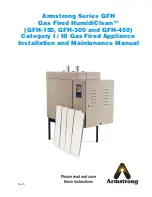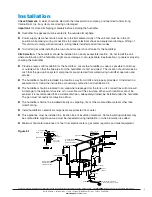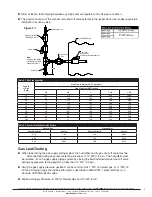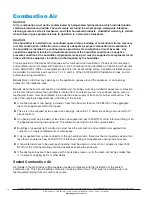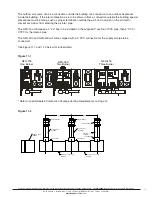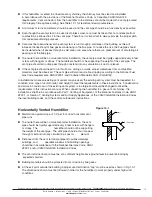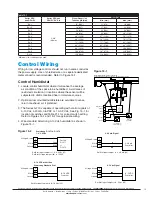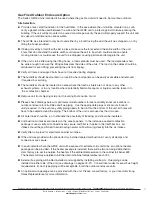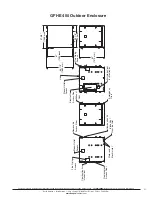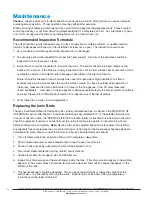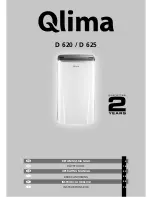
North America • Latin America • India • Europe / Middle East / Africa • China • Pacific Rim
armstrong
international.com
Designs, materials, weights and performance ratings are approximate and subject to change without notice. Visit
armstrong
international.com for up-to-date information.
12
The Series GFH is a Category I / III fan assisted appliance.
The maximum vent length is 100 equivalent feet (40 ft. if Sealed Combustion Package is used) of
appropriate vent pipe with each elbow considered the equivalent of 5 feet of straight pipe. The minimum
vent length is 10 feet. No more than 6 elbows should be used in the system.
By properly venting the humidifier, proper removal of combustion gases can be assured. Proper venting
also assures all the by-products of the combustion gases are removed.
Connecting the humidifier to the gas vent or chimney should be in accordance with Part 7, Venting
of Equipment, of the National Fuel Gas Code, ANSI Z223.1, or Section 7, Venting systems and Air
Supply Appliances, of the CAN/CGA B149 Installation Codes, the local building codes, and the vent
manufacturer’s instructions.
The stack size to be used with the Series GFH should be in accordance with Table 7-1. Reduced size vent
piping should not be used. The connection provided with the GFH is considered to be a MALE connection.
The maximum flue gas temperature at the humidifier vent connector will not exceed 460°F (238°C). Use
only special gas vents listed for use with Category I / III gas burning appliances. The vent pipe systems
shall be listed to UL Standard 1738 in the USA and ULC-S636 in Canada. Some of the approved
manufacturers to be used with the series GFH Gas Fired Humidifiers are Duravent (Category I) and
Flexmaster Z-Flex or Metal Bestos (Category III).
Each manufacturer has special UL listed wind caps for vertical venting with their brand of vent pipe. The
vent material manufacturer's instructions for vertical venting must be followed.
If vent pipe is being installed in an existing chimney, have chimney inspected for blockages, and cleaned if
necessary.
Inspect vent pipe for proper and tight construction. Verify there are no restrictions or blockages in the vent
pipe.
Chimney or vent pipe must extend at least 3 feet above its highest passage through the roof and at least 2
feet above any ridge within 10 feet of the chimney. (Local codes apply.)
Clearances must be observed for any combustible material from the vent connector. This clearance should
be a 6” minimum, unless the combustible materials are protected in accordance with applicable codes.
VENTING INTO AN UNLINED MASONRY OR CONCRETE CHIMNEY IS PROHIBITED BY CODE.
This humidifier cannot share a chimney flue servicing a separate appliance designed to burn solid fuel.
Never connect this humidifier to a chimney being used by a fireplace unless the fireplace has been
permanently sealed off.
This appliance may not be common vented with any other natural draft gas appliances or power or forced
exhausted appliance.
Any vent connectors exposed to ambient temperatures less than 30°F (-1°C) should be insulated.
Venting
Overview - This humidifier is a Category I / III appliance, which means it produces a positive pressure in the
vent system when it is exhausting the appliance flue products to the outdoors. It may be vented vertical or
horizontal but special flue pipe must be used which is listed for Category I / III appliances for horizontal piping.
In the case of vertical flue piping arrangement, type B double wall vent pipe is acceptable. Verify proper flue
piping sizes from Table 7-1 as the vent pipe sizes may differ based on orientation of vent piping. Category I
/ III appliances also produce flue gas temperatures which are above 250°F, therefore, plastic PVC or CPVC
vent piping is not acceptable. This humidifier may not be common vented with any other gas, wood, or oil fired
products.

